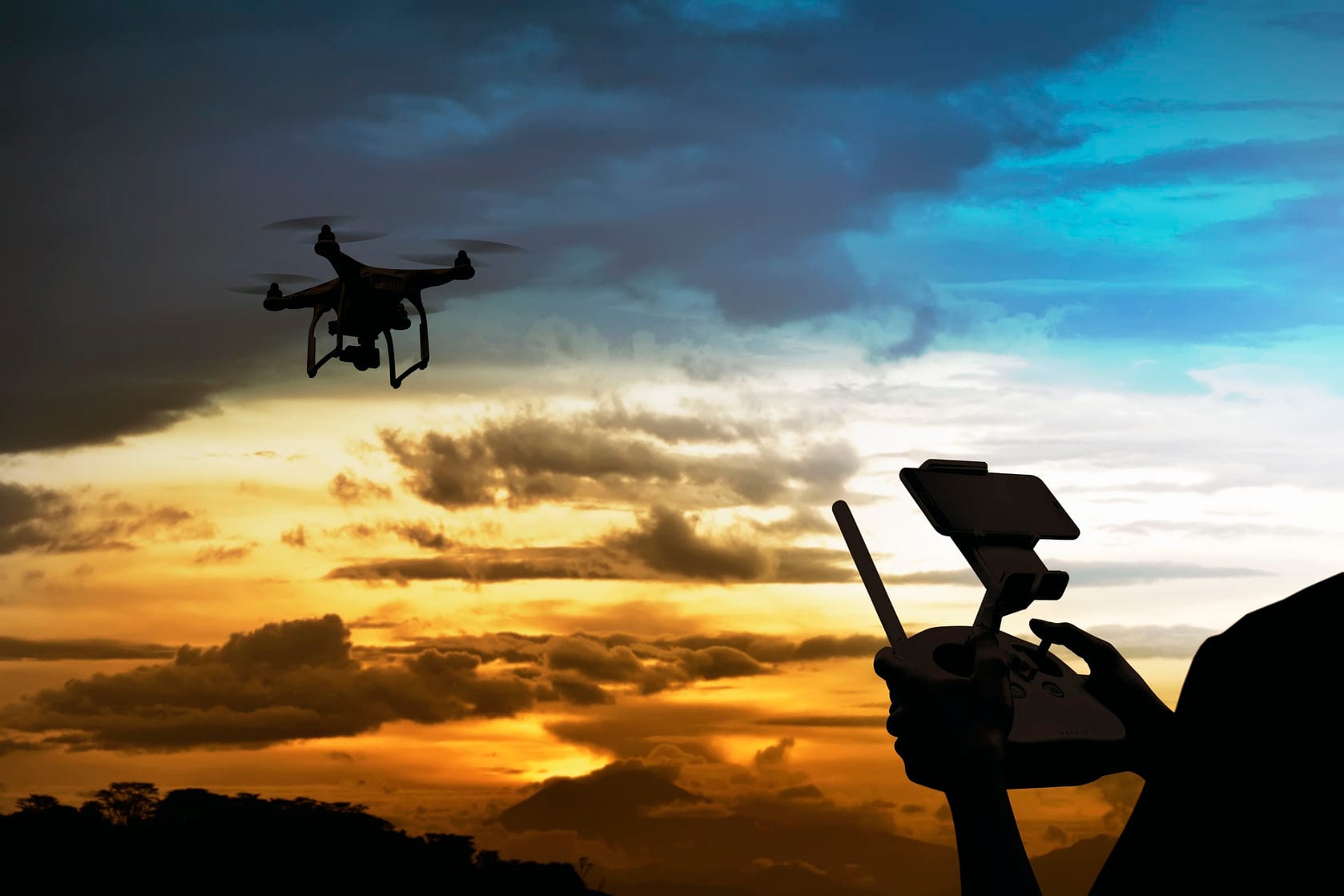In recent weeks, there has been a notable increase in reports of unidentified drones flying over New Jersey and its neighboring states. These sightings have not only captured the attention of local residents but have also prompted responses from public officials and law enforcement agencies. The surge in drone activity has raised various concerns, including safety, privacy, and the implications for airspace regulation.
The phenomenon began to gain traction when residents in several communities reported seeing drones flying at various times of the day. Descriptions of the drones varied, with some witnesses noting their size, shape, and the presence of flashing lights. As reports accumulated, social media platforms became inundated with images and videos, further fueling speculation about the purpose of these aerial vehicles.
Among those commenting on the situation was former President Donald Trump, who took to social media to express his views. He suggested that the drone sightings could be linked to broader security issues, reflecting a sentiment echoed by some members of the public who are concerned about potential surveillance or unauthorized activities. Trump’s remarks have amplified the conversation surrounding these sightings, prompting further scrutiny from both the media and local authorities.
In response to the growing number of sightings, law enforcement agencies have initiated investigations to ascertain the origins and intentions behind the drones. The Federal Aviation Administration (FAA) has also been involved, emphasizing the importance of adhering to regulations governing unmanned aerial vehicles. The FAA’s regulations stipulate that drones must be flown within the operator’s line of sight and cannot be flown over people or moving vehicles without special permissions. Violations of these regulations can lead to serious legal consequences.
As investigations continue, experts in aviation and drone technology have weighed in on the implications of these sightings. Some analysts suggest that the increase in drone activity could be attributed to the rising popularity of drone hobbyism and commercial applications. Drones are increasingly being used for photography, surveying, and other legitimate purposes, which may explain some of the sightings. However, the possibility of nefarious activities cannot be entirely dismissed, particularly in light of heightened concerns about privacy and security.
Public reaction to the drone sightings has been mixed. While some residents express curiosity and excitement about the technology, others voice apprehension about potential surveillance and the implications for personal privacy. Community meetings have been held in various areas to discuss the sightings and to gather feedback from residents. Local officials have assured the public that they are taking the matter seriously and are working to ensure the safety and security of the airspace.
The drone sightings have also prompted discussions about the need for clearer regulations and guidelines governing drone operations. As drone technology continues to advance, the challenge of balancing innovation with safety and privacy concerns becomes increasingly complex. Policymakers are now faced with the task of establishing comprehensive frameworks that address the diverse applications of drones while protecting the rights and safety of citizens.
In addition to regulatory considerations, the sightings have raised questions about the capabilities of drone technology. Modern drones are equipped with advanced features such as high-resolution cameras, GPS navigation, and autonomous flight capabilities. These advancements can enhance legitimate applications but also raise concerns about potential misuse. The ability of drones to operate discreetly and cover vast areas makes them attractive for various purposes, both benign and malicious.
As the investigations proceed, the public is urged to report any suspicious drone activity to local authorities. Law enforcement agencies are encouraging residents to document sightings, including the time, location, and any identifying features of the drones. This information can aid in the ongoing investigations and help establish patterns that may lead to identifying the operators.
In conclusion, the recent surge in drone sightings over New Jersey and neighboring states has sparked significant public interest and concern. With investigations underway and various stakeholders involved, the situation continues to evolve. As the discourse surrounding drone technology unfolds, it is essential for communities to engage in open dialogue about the implications of this technology, ensuring that safety, privacy, and innovation can coexist in an increasingly drone-populated airspace.


